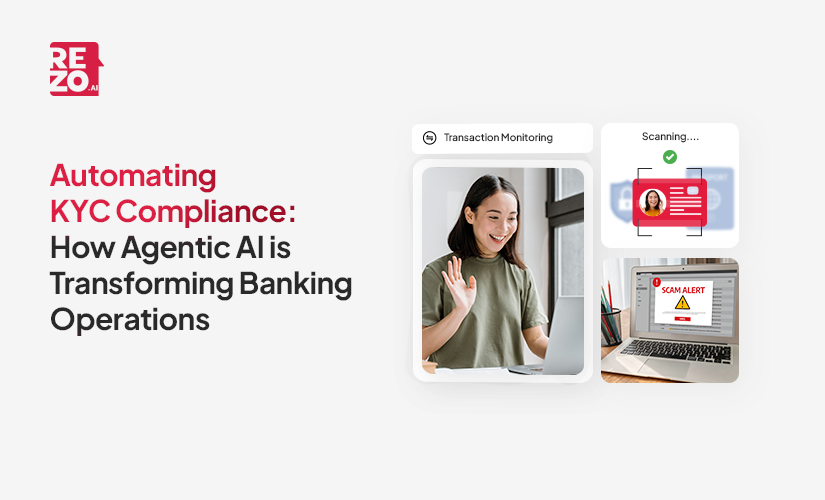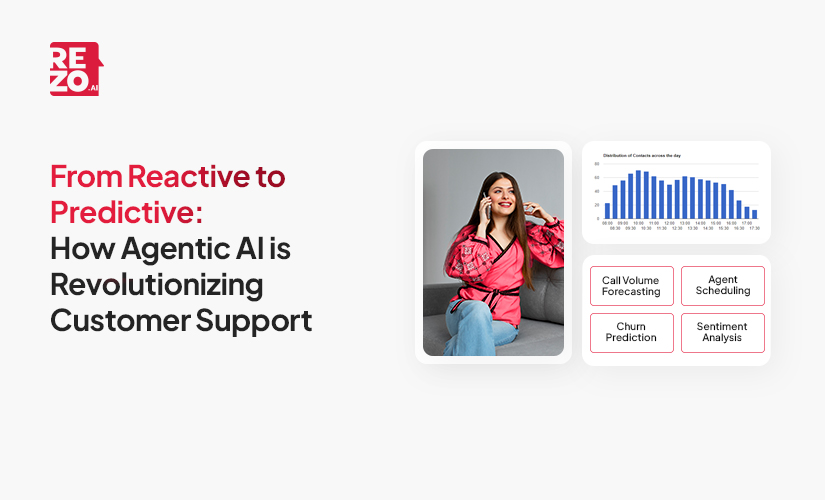
Agentic AI Customer Journey Automation
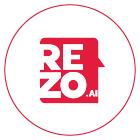
Agentic AI Customer Journey Automation

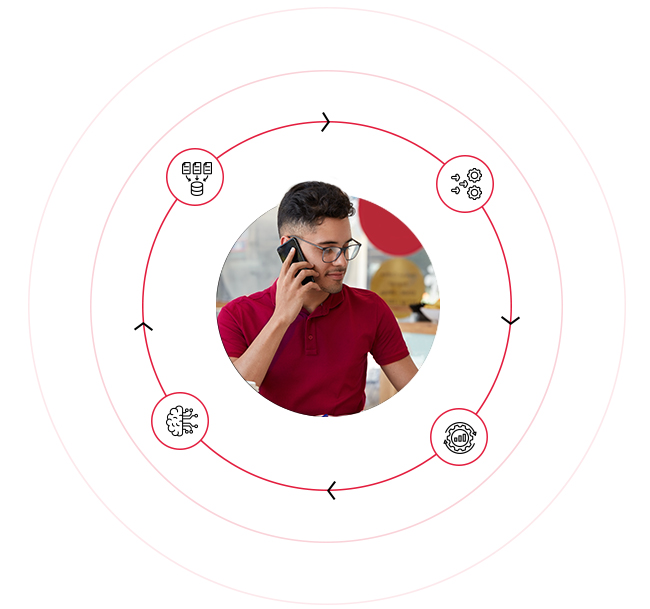
Customer loyalty now hinges on one critical capability: delivering personalized experiences at scale.
Today's customers expect seamless journeys that recognize them across every touchpoint not as a nice-to-have, but as a baseline requirement. Yet most companies remain trapped by legacy systems that create fragmented, reactive experiences.
The Result? A widening gap between what customers expect and what businesses can deliver
The solution isn't better automation, it's a smarter automation. Agentic AI doesn't just execute workflows, it thinks, learns, and adapts. These autonomous agents analyze customer behavior in real-time, predict what comes next, and adjust the journey accordingly. The difference? Every interaction makes the system more intelligent, turning static playbooks into living strategies that improve with every customer.
Understanding the Core: Customer Journey Automation vs Traditional Tools
Customer journey automation is the strategic use of intelligent systems to coordinate personalized customer interactions across all touchpoints (Email, SMS, Social, Web, App, Voice).
The Limitations of Traditional Automation

Conventional automation platforms are built on "if-then" logic. A specific action (the if) triggers a predetermined response (the then). This works well for simple, linear tasks, but it quickly breaks down in the face of modern customer complexity:
- Static, Linear Workflows: Journeys are rigid and fail to adapt when a customer's context or behavior changes unexpectedly.
- Manual Intervention: Optimizing a campaign or changing a strategy requires constant human oversight and manual reconfiguration.
- Fragmented Experience: Lack of sophisticated cross-channel coordination means context is often lost when a customer switches from an app to a phone call, forcing them to repeat information.
- Reactive Engagement: They respond after an event occurs, making it difficult to anticipate needs or prevent issues.
The Agentic AI Transformation: Autonomy and Intelligence
Agentic AI systems overcome these limitations by introducing autonomous intelligence. An agentic AI is designed to act on behalf of a business goal—like increasing customer lifetime value (CLV) or reducing churn—by making independent, contextual decisions in real-time.
The power lies in the Real-Time Intelligent Decision Architecture. When a customer interacts, the AI agent instantly evaluates multiple data layers:
- Behavioral Data: Current session activity, purchase history, and content consumption.
- Contextual Data: Device, location, time of day, and current market conditions.
- Predictive Data: Churn risk, next best action probability, and predicted lifetime value.
- External Data: Market trends, competitor activities, and seasonal factors.
This comprehensive, millisecond-fast analysis allows the AI to select the optimal action—the right message, the right channel, at the perfect time—to maximize both customer satisfaction and business objectives.

The Imperative: Why Agentic Automation is Critical for Modern Business
Modern customer journey automation isn't a luxury; it's the critical infrastructure for survival in a hyper-competitive market.
The Customer Experience Complexity Challenge
Customers today engage across an average of 7-10 touchpoints before making a purchase. They no longer tolerate inconsistent, impersonal, or delayed interactions. Modern consumers expect:
- Instant Recognition and Context Preservation: "I started this chat on my app, now I’m on the phone, don't make me repeat myself."
- Proactive Problem-Solving: Anticipating and resolving an issue before they even notice it (e.g., notifying them of a shipping delay and automatically applying a voucher).
- Personalization at Scale: Communications that are relevant, timely, and add value, rather than generic noise.
Meeting these intricate, real-time expectations is practically impossible for human teams at scale. Agentic AI provides the only scalable solution to deliver consistently exceptional experiences.
Key Market Forces Driving Adoption
- Competitive Differentiation: In commoditized markets, the customer experience is the product. Advanced automation is a competitive necessity, making personalized service the primary differentiator.
- Digital-First Behavior: The explosion of digital interactions generates vast behavioral data, but only intelligent systems can effectively process this volume to extract valuable personalization insights.
- Economic Efficiency: Businesses must deliver better experiences while controlling costs. Automation scales personalization without proportional increases in human resources, driving significant Operational Efficiency.
- Regulatory Compliance: Increasing data privacy regulations (like GDPR and CCPA) require sophisticated systems for automated consent management and creating comprehensive audit trails across all customer interactions.
Agentic Automation in Practice: From Data to Continuous Improvement
How do these intelligent systems function on a day-to-day basis? It's a continuous, closed-loop process.
1. Data Collection and Unification
The foundation is a unified, real-time customer profile, often managed by a Customer Data Platform (CDP). This profile synthesizes all data types:
- Explicit Data: Information provided directly (forms, surveys, account settings).
- Implicit Data: Behavioral signals (website navigation, app usage, email opens, purchase history).
- Contextual Data: Environmental factors (device type, referral source, time).
2. Intelligent Trigger Systems
Moving beyond single-event triggers, agentic systems use predictive and complex behavioral signals:
- Behavioral Triggers: An abandoned cart, a sudden increase in usage, or a multi-page visit to a specific product category.
- Predictive Triggers: AI-identified signals indicating high churn risk or a strong likelihood to convert on a specific offer.
- External Triggers: A localized weather event or a major market news story that influences customer mood or needs.
3. Dynamic Content and Channel Optimization
Once triggered, the AI agent determines the optimal engagement strategy:
- Content Selection: Uses machine learning to select the highest-performing message, offer, and creative for that specific individual in that current context.
- Channel Optimization: Decides between email, SMS, push notification, or even a call to a human agent, based on the customer's preferred channel and the urgency of the message.
- Timing Optimization: Calculates the individualized optimal send time—the moment a customer is most likely to engage—to maximize impact and avoid fatigue.
4. Continuous Learning and Optimization
This is the Agentic difference: the system doesn't stop after the action. It tracks the outcome of every interaction and uses that data to refine itself autonomously:
- Refining Targeting: Improves the accuracy of identifying which customers receive which messages.
- Enhancing Personalization: Develops more nuanced segmentations and individual preference models.
- Improving Predictive Models: Increases the accuracy of forecasting customer behavior, churn risk, and CLV.
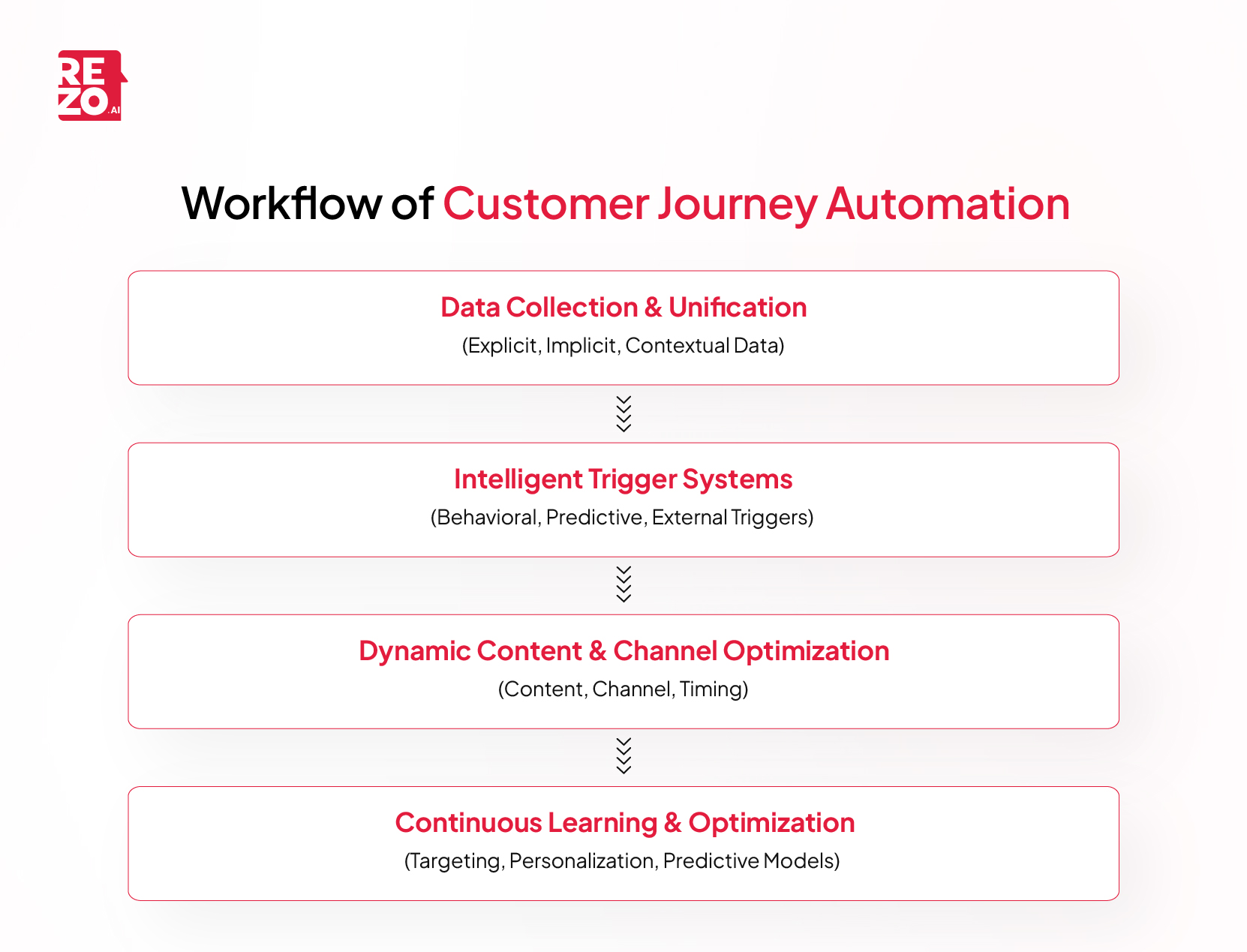
Transformative Impact: Quantifiable Business Results
The implementation of advanced journey automation platforms yields transformative changes across the entire business, moving beyond just marketing to impact revenue, efficiency, and loyalty.
Revenue Impact and Growth Acceleration
Agentic AI directly influences the bottom line by improving core revenue metrics:
- Conversion Rate Optimization: Better targeting and timing can increase conversion rates by 15-25%.
- Customer Lifetime Value (CLV) Enhancement: Automated retention and expansion programs typically increase CLV by 20-35% through personalized cross-sell and upsell orchestration.
- Acquisition Cost Reduction: Improved lead qualification and nurturing focus sales and marketing efforts on high-potential leads, reducing Customer Acquisition Costs (CAC) by 25-40%.
Customer Satisfaction and Loyalty Enhancement
Intelligent automation fundamentally improves the customer relationship:
- Relevance Improvement: Customers receive only communications that are relevant and timely, transforming the brand relationship from transactional to valuable.
- Proactive Support: The ability to predict and prevent issues—like flagging a potential service outage and proactively notifying the affected customers—delivers a moment of brand delight and significantly enhances satisfaction.
- Consistency Delivery: Every customer receives a consistent, high-quality interaction, regardless of channel, eliminating human variability.
Operational Excellence and Scale
Automation is the engine of efficiency for scaling a modern business:
- Resource Optimization: Routine decisions and interactions are handled automatically, freeing human agents to focus on complex problem-solving, strategic thinking, and high-value creative work.
- Scalability: Businesses can handle a massive increase in customer volume and complexity without needing a proportional increase in human staff.
- Consistency Assurance: Automated processes guarantee the consistent application of business rules and compliance requirements across millions of interactions.
Real-World Applications Across the Customer Lifecycle
Agentic AI excels in orchestrating complex, high-value scenarios across the entire customer lifecycle:
1. Hyper-Personalized Services and Support
- Predictive Issue Detection: Analyzing product usage and environmental data to predict potential customer issues (e.g., a SaaS company predicting an account will run out of storage based on recent usage spikes) and proactively offering a solution or upgrade.
- Intelligent Escalation: Instead of simple rule-based routing, AI evaluates issue complexity, customer value, and agent expertise in real-time to route the ticket to the optimal human agent for resolution.
- Omnichannel Context Preservation: A customer starts a conversation with an AI chatbot, then seamlessly transitions to a phone call with a human agent who immediately has access to the full chat history, context, and the AI's diagnosis of the issue, preventing the customer from repeating their problem.
2. Revenue Consistency and Sales Process Optimization
- AI-Powered Lead Qualification: The system evaluates prospect behavior (page visits, content downloads, email engagement) across all touchpoints to score and qualify leads with far greater accuracy than simple demographic models, ensuring sales teams prioritize the highest-potential opportunities.
- Sales Enablement Automation: Automatically pushes the Next Best Action and relevant customer insights directly to the sales team's CRM, allowing them to personalize their pitch based on real-time prospect behavior.
- Post-Sale Expansion: Identifies usage patterns that signal a need for an upgrade or a complementary product, automatically triggering a personalized upsell campaign at the optimal time.
3. Customer Retention and Loyalty Development
- Churn Risk Intervention: Advanced analytics detect subtle early warning signals of dissatisfaction or disengagement (e.g., reduced app logins, decrease in key feature usage), triggering a personalized, automated retention campaign that addresses the specific risk factor with a compelling offer or content.
- Loyalty Program Personalization: Automatically adapts loyalty benefits, communications, and reward redemption options based on an individual customer’s past behavior and value drivers, maximizing program effectiveness and CLV.
- Win-Back Orchestration: Designs and executes hyper-targeted campaigns for churned customers, utilizing the precise reason for their departure (if known) to present a highly relevant re-engagement offer.
Implementation Framework: Governance and Compliance
To realize the full potential of agentic automation, implementation must be paired with robust governance, focusing on compliance and coordinated execution.
Comprehensive Consent Management and Regulatory Compliance
In a world of increasing data privacy mandates, automation platforms must be the frontline of compliance:
- Dynamic Consent Tracking: The system must automatically track and honor customer consent preferences across all channels in real-time, instantly updating communication permissions when preferences are changed.
- Regulatory Framework Adaptation: Advanced platforms automatically adapt to different regulations (GDPR, CCPA, etc.) based on customer location, providing compliance without manual setup for every regional law.
- Audit Trail Generation: Every communication, consent change, and automated decision is logged, creating a clear and defensible audit trail required for regulatory compliance verification.
Campaign Execution Scheduling and Orchestration
Complex organizations require orchestration to prevent customer experience conflicts:
- Cross-Unit Coordination: Automated systems must identify when multiple business units (e.g., marketing, sales, service) are planning to contact the same customer and coordinate the messaging to prevent over-communication or contradictory offers.
- Suppression Logic: Dynamic exclusion rules ensure customers are automatically suppressed from campaigns based on real-time factors like:
- Recent service issues (avoiding a sales pitch during an outage).
- High engagement fatigue indicators (avoiding 'burnout').
- Where they are in the customer lifecycle (avoiding acquisition messages to existing customers).
Selecting the Right Agentic Automation Platform
Choosing the right platform is a strategic decision that shapes long-term capability. Beyond feature lists, focus on these critical areas:
1. Advanced Feature Capabilities and Architecture
- AI and Machine Learning Sophistication: Prioritize platforms with proven, integrated AI for predictive analytics, continuous optimization, and autonomous decision-making. The quality of the AI determines the level of personalization you can achieve.
- Real-Time Processing: The system must process customer actions and trigger responses in milliseconds—not minutes—to meet modern customer expectations for immediate personalization.
- Integration and API Flexibility: Ensure the platform integrates seamlessly with your existing CRM, e-commerce, and service stack via robust, open APIs to future-proof your investment.
2. User Experience and Interface
- Intuitive Workflow Design: The platform must present complex automation logic through clear, visual, drag-and-drop interfaces that allow business users (marketers, service managers) to design sophisticated journeys without requiring constant IT support.
- Visualization and Monitoring: Look for real-time dashboards and journey visualization tools that make it easy to understand customer flow, identify bottlenecks, and quickly respond to performance changes.
3. Data Intelligence and Business Impact
- Attribution and Impact Analysis: The platform must provide clear visibility into which touchpoints, channels, and campaigns contribute to customer outcomes, enabling data-driven decisions on resource investment and strategic direction.
- Predictive Modeling: The ability to forecast churn risk, lifetime value, and campaign outcomes allows for proactive strategy development rather than reactive performance reviews.
Customer Journey Automation powered by Agentic AI is not just the future of customer experience; it is the current standard for competitive excellence. By embracing this technology, businesses can finally deliver the personalized, proactive, and seamless experiences that customers demand, transforming operational efficiency into market-leading customer loyalty and sustained revenue growth.
Frequently Asked Questions (FAQs)

Take the leap towards innovation with Rezo.ai
Get started now







